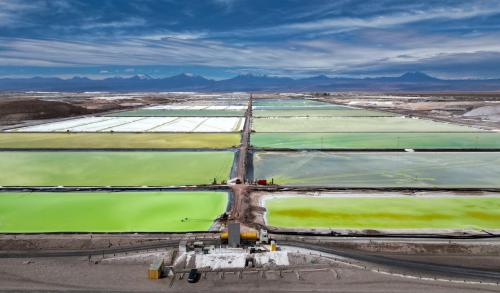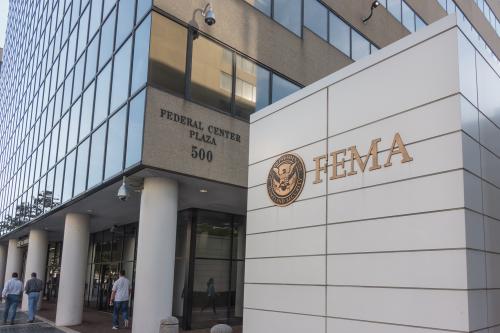Abstract
This paper focuses on the aspects of uncertainty surrounding climate change and what a realistic policy that deals with this uncertainty would look like. Any sensible response to climate change should consist of both mitigation and adaptation. Because of the long time periods involved, mitigation and adaptation are inseparable issues. Measures to reduce emissions today will only change the climate many years into the future and will therefore impact on the extent of future adaptation.
There are two aspects of adaptation addressed in this paper. The first is the need to provide the appropriate incentives for individual responses to climate change — this requires clear establishment of property rights across a wide range of areas from managing water to pricing energy use. It also requires appropriately regulated markets for individuals to manage a range of different types of risk. The extent to which individuals have an incentive to invest in adaptation depends on the nature and clarity of the policies put in place for current and future mitigation. Greater policy uncertainty changes the incentives for investment in adaptation.
The second part of the paper focuses on implementing an adaptable policy framework that can respond to information on climate change. Like individual adaptation, the key to a durable system for policy is the importance of establishing property rights and providing a mechanism for managing risk caused by changes in policy. This draws extensively on the book by Warwick J. McKibbin and Peter Wilcoxen, “Climate Change Policy After Kyoto: A Blueprint for a Realistic Approach” published in December 2002 by the Brookings Institution. Drawing on this book, the paper outlines important insights that economic theory offers for the design of sustainable climate policy in an uncertain world. We outline a clear framework that will reduce greenhouse gas emissions (mitigation) while guaranteeing that short-run costs of compliance will not be excessive, and encouraging adaptation of the economic structure to deal with future mitigation. It also allows flexibility in adjusting policy settings when new information about various aspects of climate change becomes available.




